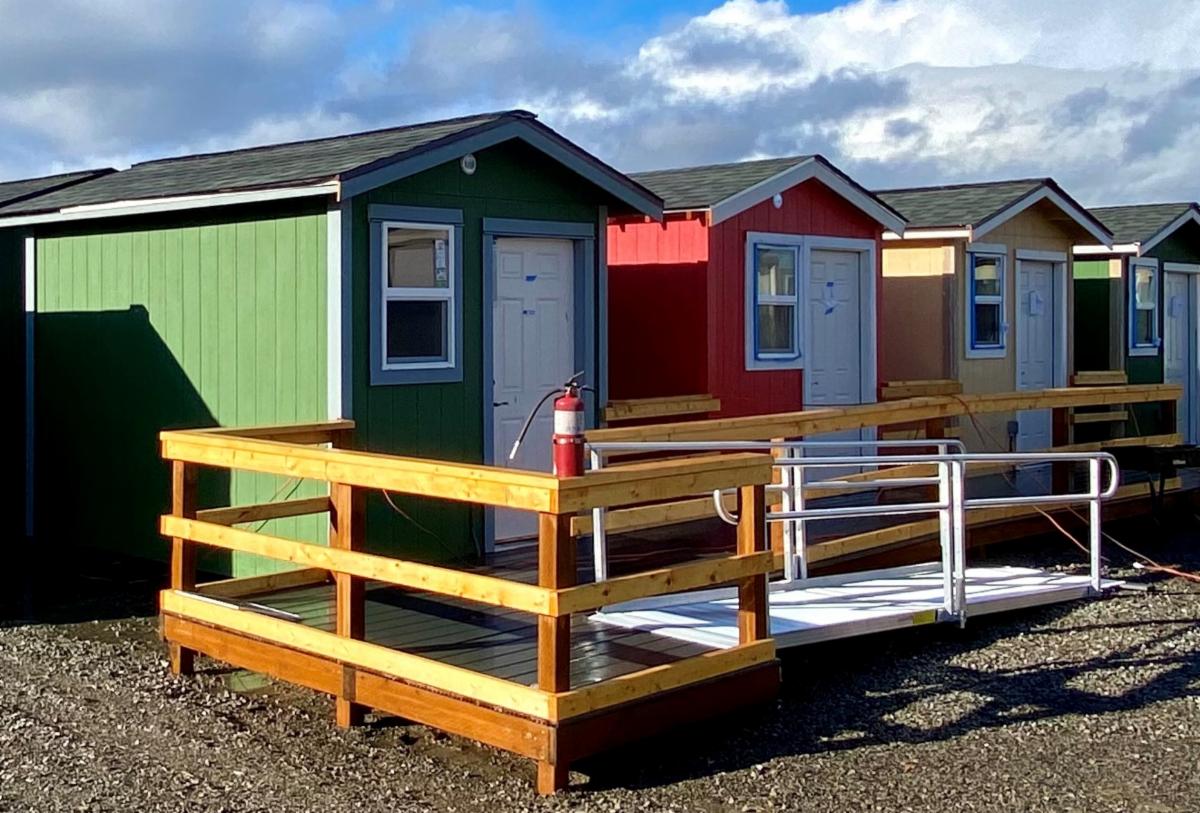
Latest news out of Washington is to take a hard line on the homeless, that are all too prevalent, not just in our town, but across the country, in all communities, large and small. And, indeed, it may be due, in part, to drugs and mental illness issues, but quite probably more to the financial and tax inequities that have bled the middle class and concentrated wealth in an upward spiral to a smaller and smaller segment of our society.
The net result, draining financial capabilities of the middle and lower income levels, combined with higher costs of living (survival?), displacing people from secure housing environments, and perhaps contributing to drug/alcohol abuse, depression, etc., and in some cases to life on the street. Complicated issues, and way above our expertise and capabilities to solve, but it doesn’t mean we can’t speak out about it and offer our perspective from whatever experience we do have. Planning and design problem solving being one.
That said, the following is our SMa.r.t column from September 17, 2017. Eight years ago. And while there may be a couple of things that may have changed, they are minor, and suggest that old adage “the more things change, the more they remain the same,”…or so it seems. The article, edited for brevity: link to full article follows.
“Gimmie Shelter” (to borrow a phrase)
“Oh, a storm is threat’ning
My very life today
If I don’t get some shelter
Oh yeah, I’m gonna fade away”
Some 1,000 homeless people live on Santa Monica’s streets, without a guarantee of a warm bed or roof over their head. It is a social problem that is region, state, and nationwide, affecting communities large and small, urban, and beachfront.
The causes of homelessness are beyond my expertise, and an ultimate solution to the problem is certainly beyond my capabilities or the intent of this column. There are trained professional sociologists, social workers, psychiatrists, and medical professionals that work full time trying to figure out how to get those individuals back into the workforce and society, or if necessary, under the full-time care some may require. But there are interim solutions that can help provide shelter, and that is where architects and planners can make a contribution.
Temporary shelter villages are not a new idea, and there are many examples that can be drawn upon that can no doubt function as a model for Santa Monica. We recently sent a letter to the City Council, City Manager, and Planning Director with a suggestion of where such a ‘village’ might be created. The Santa Monica Mirror pointed out in a news article about a six-acre site, recently abandoned under an agreement with the FAA, at the Santa Monica Airport. The six acres of asphalt area sits unused, fenced, and with no apparent plan to be utilized until 2022 at the earliest. We think the site can and should be used to create a temporary Micro Housing “village”, not unlike one that is in use in Seattle.
Othello Village – Seattle, Washington
Who: The City of Seattle, in collaboration with local non-profit Low Income Housing Institute (LIHI)
What: The third city-authorized homeless encampment hosts twenty-eight 96-square-foot tiny houses and 12 tents on platforms, which are intended as a short-term housing solution for up to 100 people. The village shares a kitchen, shower trailer, donation hut, and security booth.
Cost: The city pays about $160,000 per year to supply water, garbage services, and counseling on-site.
Some may remember the Dome Village that sat just off the 110 freeway in DTLA. It operated for a number of years and reports say it helped many reclaim a positive lifestyle by providing necessary shelter and giving a base anchor, which then allowed those individuals to seek work with a sense of dignity.
Funding such programs has always been the devil in the details, and seems to have been the devil that keeps so many of the programs from succeeding. Finding the funds from the convoluted “approved sources” seems to make the process even more difficult and frustrating, as we see what appears to be wasteful funding on other projects, monies that would appear to go a long way toward assisting a project like the Micro House Village.
We understand it isn’t that simple, but it does illustrate how decisions are made based on desire and preferences, and we know things can be made to happen. Look at the extent of development occurring in our town that residents don’t want to see, but is driven by developer and business interests….
It’s about priorities and thinking positive, and as homelessness is a real problem, shouldn’t the funding to mitigate it be prioritized over a vanity City Hall expansion project, and over a child daycare facility ran by a private non-profit? We think so, and there are homeless on the street saying, “Gimme Shelter,” please.”
To read entire article, go to: https://smmirror.com/2017/09/sma-r-t-gimme-shelter-borrow-phrase/
But…eight years later, homeless issues remain the same, as do the shelter issues. Also still the same are the empty six acres of fenced, asphalt-covered airport land that could have provided for that interim micro-village. However, closure advocates at the time posted on social media various negative comments about utilizing the land for an interim shelter micro-village and, sadly, the city chose to close those 6 acres as a part of its economic strangulation of the airport.
It still sits fenced off, asphalt-covered today, just as it did 8 years ago, devoid of activity. With the city broke and verging on bankruptcy, there has been no funding available for such a needed project. As such, one can clearly see what will occur to 192 acres of airport land in the event the council chooses to use its sole authority to close the airport land to aviation. But it also begs the question of why closure advocates oppose a ballot measure for the public to simply vote their preference to maintain the airport or not. Right now, that decision, as per Charter Section 640, rests in the hands of only four people, i.e., a council majority.
Based on last nights council meeting, where the council dismantled the entire Downtown Santa Monica Board (DTSM) and replaced it with at least two former council members that are largely responsible for the overdevelopment and decline in the city’s quality of life, should tell you, the public, that without such a vote you have no voice in deciding the future of the airport. Keeping it open is the only way to assure the state can not impose mass housing development on that land.
Bob Taylor, AIA
For SMa.r.t.
Santa Monica Architects for a Responsible Tomorrow
Dan Jansenson, Architect, (ex-Building & Fire-Life Safety Commissioner); Robert H. Taylor, Architect AIA; Thane Roberts, Architect; Mario Fonda-Bonardi, Architect AIA (ex-Planning Commissioner); Sam Tolkin, Architect, (ex-Planning Commissioner); Michael Jolly ARECRE; Jack Hillbrand AIA, Landmarks Commissioner Architect; Phil Brock (SM Mayor, ret.); Mat Hoefler, Architect NCARB
For previous articles, see www.santamonicaarch.wordpress.com/writing













